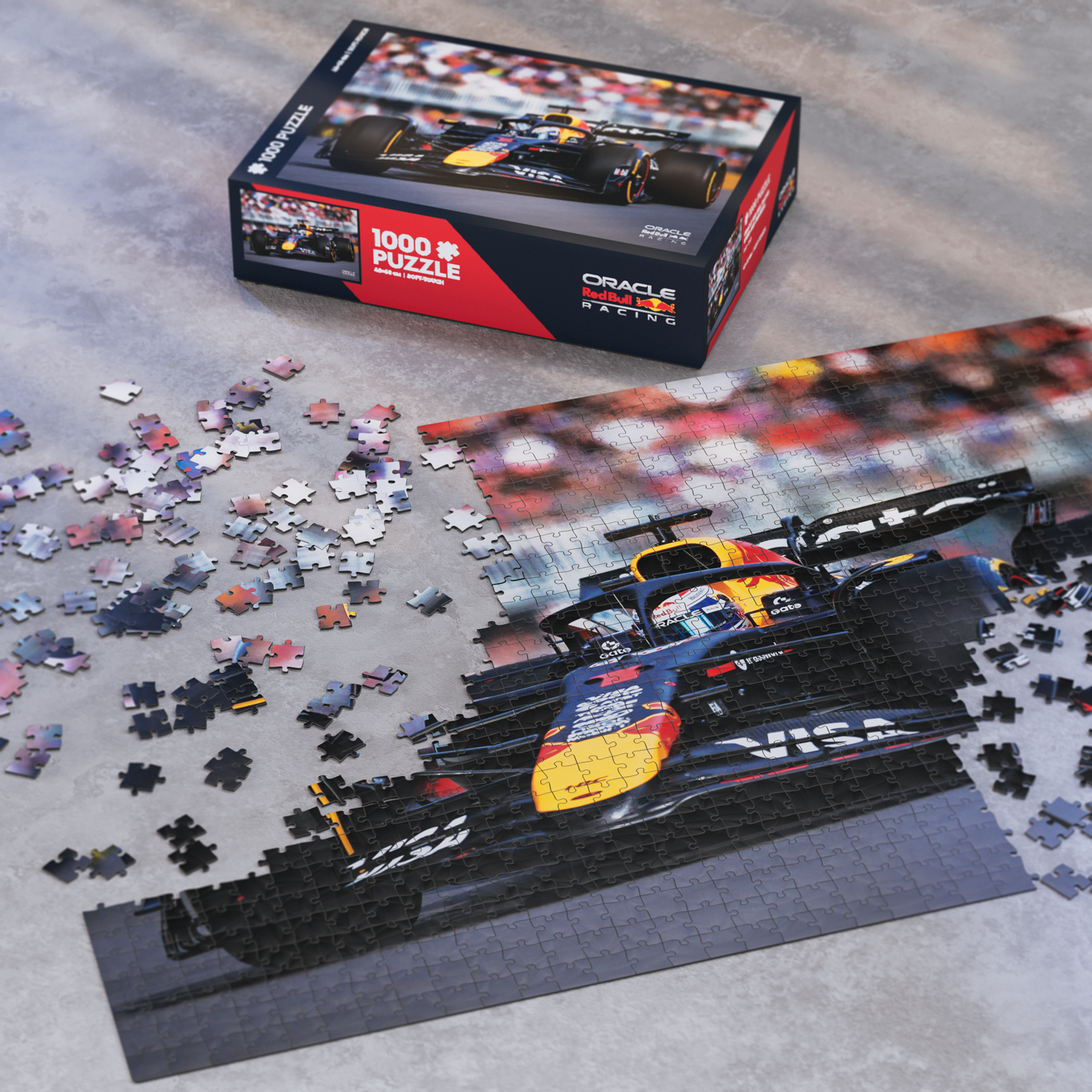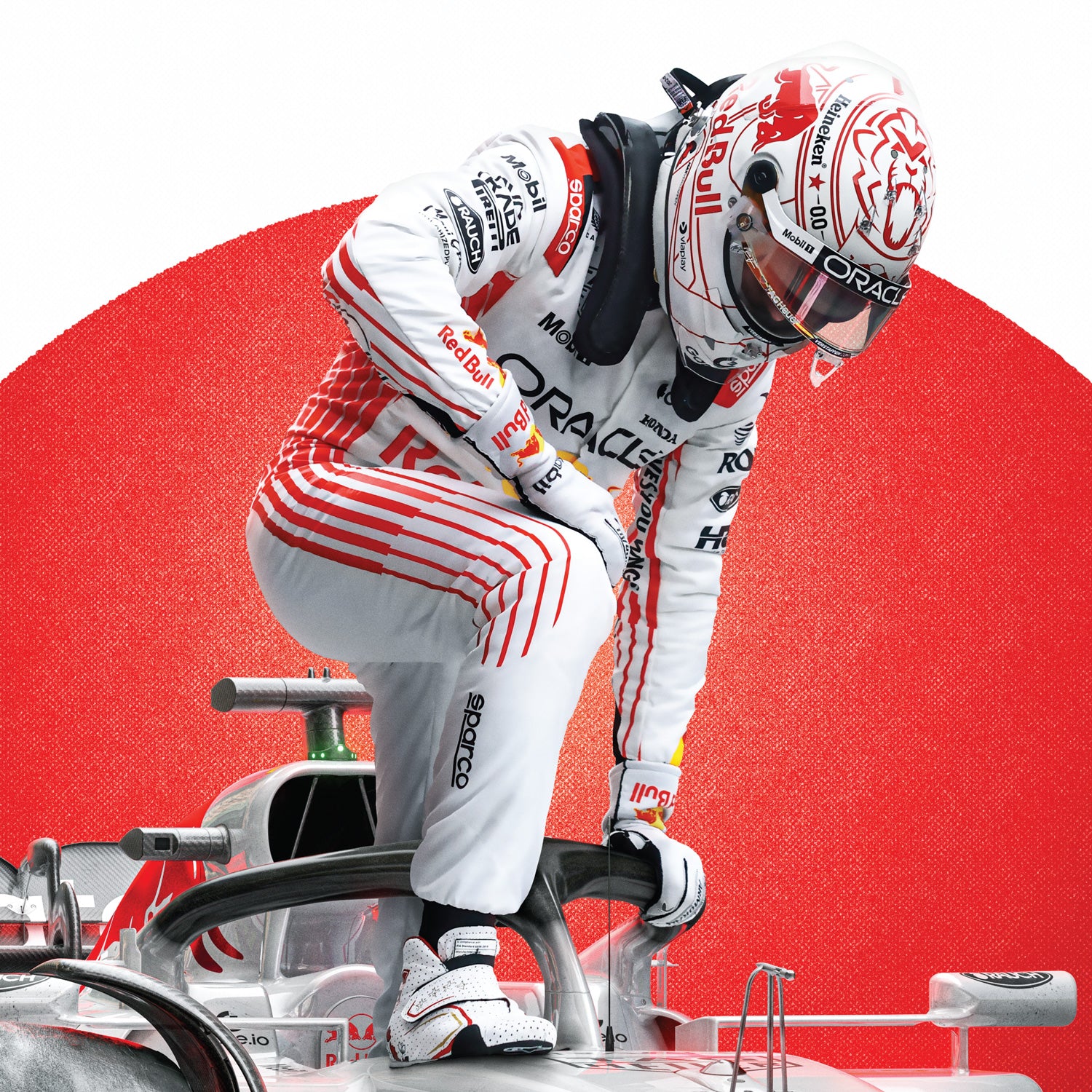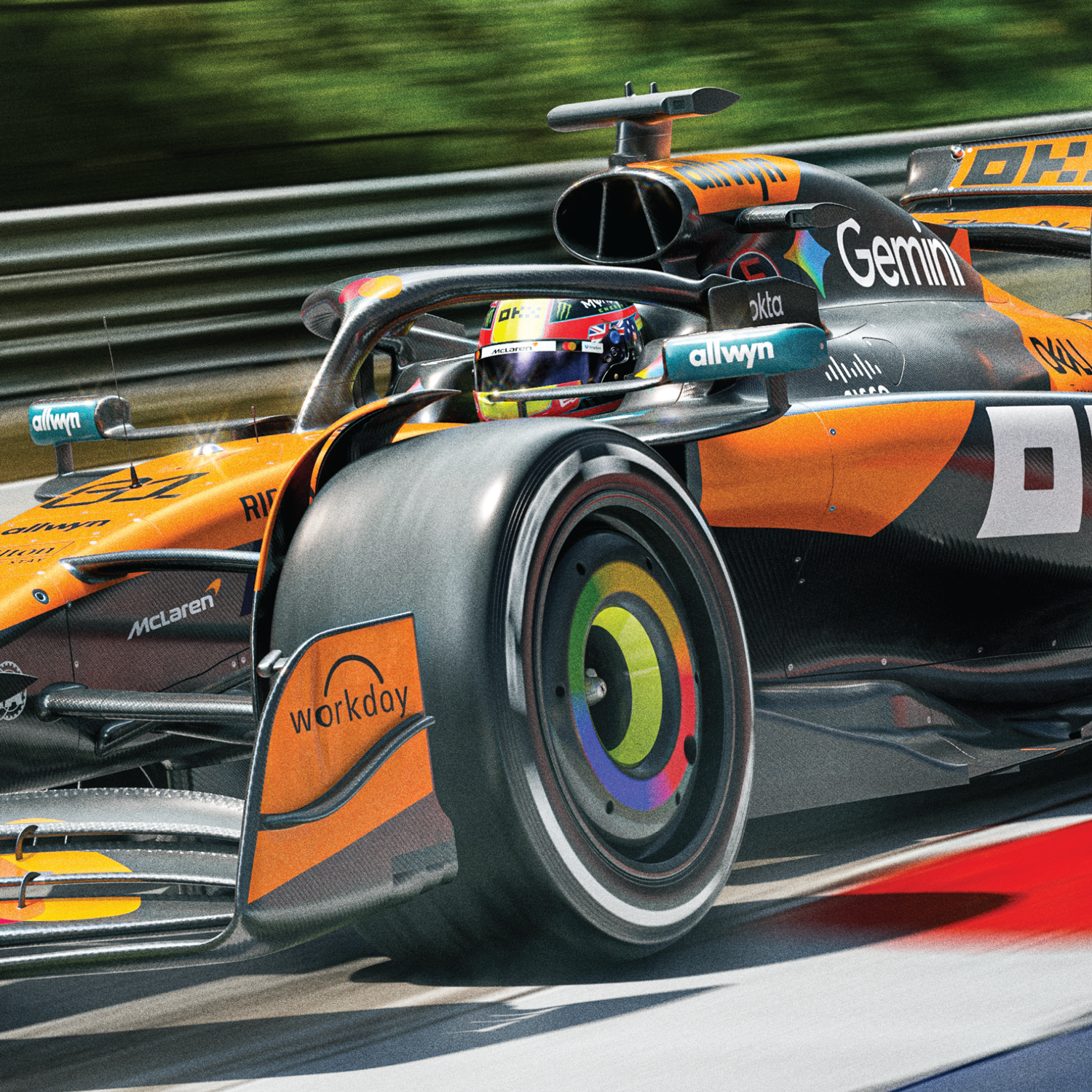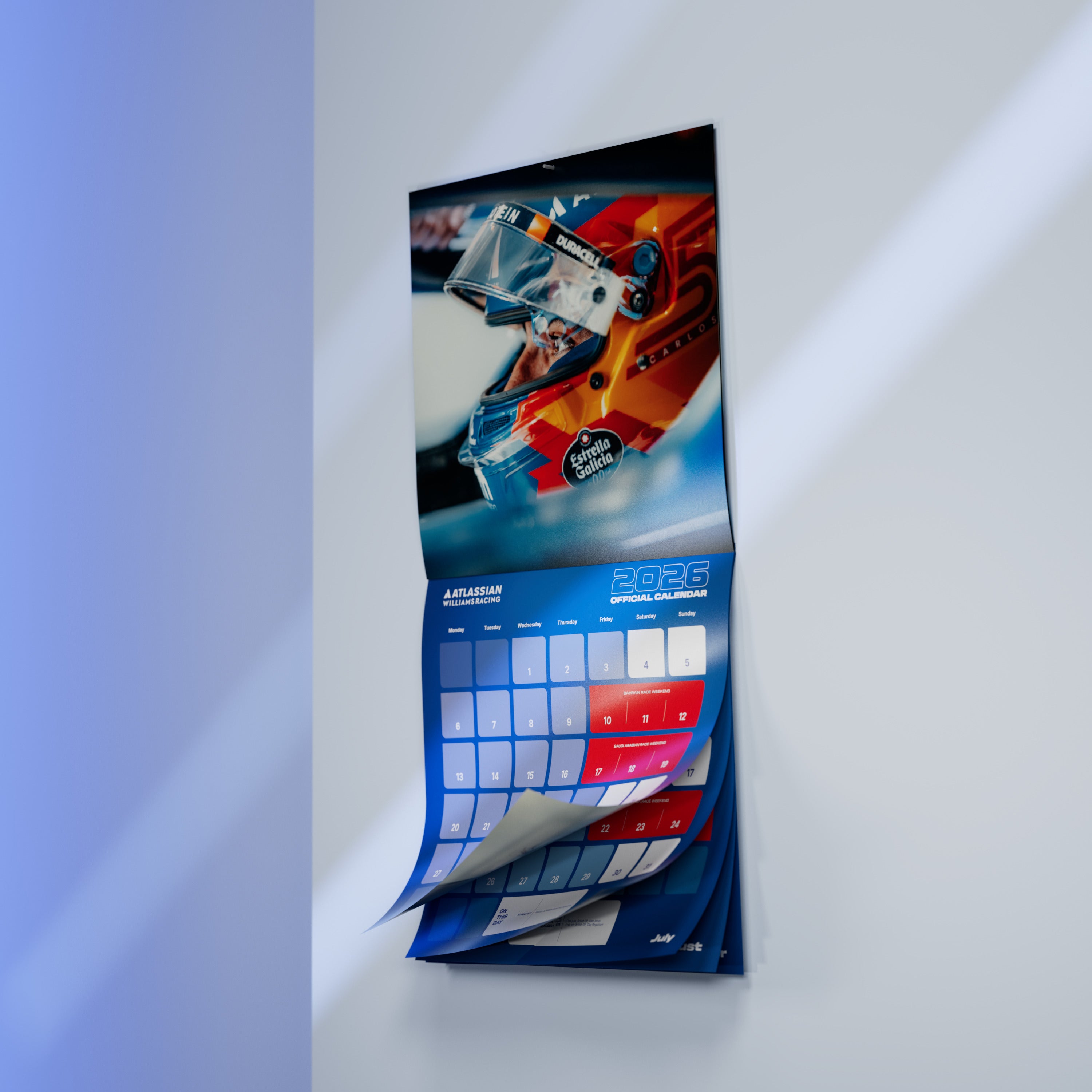The great race tracks of the world all have their stand-out corners, legendary names made famous by impossible overtaking moves or amazing speeds, from Eau Rouge at Spa-Francorchamps, to the 130R at Suzuka, the Maggots-Becketts-Chapel complex at Silverstone, the Parabolica at Monza or the Peril of the original Peraltada in Mexico City.
However, when it comes to the venue for the 24H Le Mans, it is a straight piece of road that holds everyone’s attention. The Mulsanne straight on the La Sarthe circuit is known to all racing enthusiasts and feared by those who have to drive it, but there are two misconceptions that need putting straight right away.
Firstly, it is no longer a 6 kilometre blast because from 1990 onwards it was cut into three bite-sized pieces by two chicanes on the grounds of safety. Secondly, only English speakers refer to this wonderful piece of road as Mulsanne, the name of the village at the end of it, because officially, it is called the Ligne Droite des Hunaudieres, (the straight line of the Hunaudieres,) named after the hamlet at its mid-point.
 The McLaren F1 GTR down the Mulsanne stright during the 1997 24H Le Mans. Image courtesy Motorsport Images
The McLaren F1 GTR down the Mulsanne stright during the 1997 24H Le Mans. Image courtesy Motorsport Images
When the race isn’t on, this ribbon of tarmac is just part of what used to be the main road between the cities of Le Mans and Tours, now a much quieter local highway since the advent of the motorway. It is unusually well surfaced for a “departementale” road. The original straight had a surface that was domed in the middle of the road and also featured grooves where the “poids lourds” heavy lorries had ploughed up and down on their journey through France. If you wanted to overtake, you had to pick your spot very carefully, effectively switching from one set of train tracks to another. There was nothing hidden about the dangers of Mulsanne, she wore them on her sleeve, with speeds regularly exceeding 320 km/h and thus the road claimed many lives.
That didn’t stop manufacturers looking to keep upping those speeds. In 1988, the amateur French WM team, run by a group of part-time engineers, most of them Peugeot employees. They knew they had no real chance of winning against the might of the factory teams such as Porsche, but its technical director Vincent Soulignac hit on the idea of setting themselves another goal during the race. Thus “Projet Quatrecents” (Project 400) was born with the aim of hitting a top speed of 400 km/h down the Mulsanne straight. The team had already set a record speed of 381 km/h the previous year and this time, driver Roger Dorchy had 900 horsepower behind his head and very low downforce bodywork on his WM-Peugeot and just before 9 at night, the car was clocked at an official speed of 405 km/h.
 In 1988, the amateur French WM team hit on the idea of setting themselves another goal during the race - of hitting a top speed of 400 km/h down the Mulsanne straight. Image courtesy Motorsport Images
In 1988, the amateur French WM team hit on the idea of setting themselves another goal during the race - of hitting a top speed of 400 km/h down the Mulsanne straight. Image courtesy Motorsport Images
Under the category of luckiest escape at Mulsanne, we turn to the 1999 race and the Mercedes team with its radical, ultra-low CLR, that put out over 600 horsepower. In the build up to the French 24 hour classic, Mercedes did over 30,000 kilometres in testing on quick tracks in the USA. Was it reliable? Yes indeedy, but quick? Not so much. So the engineers knocked off a lot of the downforce and therefore drag to improve top speed. On the second day of qualifying, young gun Mark Webber was following an Audi when travelling at almost 300 km/h the car somersaulted backwards and crashed into a barrier.
Team members were told it was freak accident because the wind got under the car. Fast forward to the Saturday morning warm-up and…it happened again! Unbelievably, Mercedes still put their cars on the grid a few hours later for the start of the race. Rookie Peter Dumbreck had been told not to follow other cars too closely, but he wasn't sure what that meant. He found out though when he came to lap a Toyota and his car also flipped. Only then did Mercedes withdraw their remaining cars from the race.
 The Porsche LMP car of Brendon Hartley, Timo Bernhard and Earl Bamber driving down the Mulsanne Straight at the 2017 24 Hours of Le Mans Endurance Race.
The Porsche LMP car of Brendon Hartley, Timo Bernhard and Earl Bamber driving down the Mulsanne Straight at the 2017 24 Hours of Le Mans Endurance Race.
Le Mans is a round of the World Endurance Championship but the ACO (Automobile Club de l’Ouest) has often gone its own way, believing that the race is more important than the championship. It has won some of its idiosyncratic battles, but it lost one against the petulant former FISA president Jean-Marie Balestre who ruled that no track could have a straight longer than 2 kilometres, hence the two chicanes that since 1990, mean Mulsanne is no longer one terrifying straight line. However, there are still plenty of oddities to keep one amused when it comes to the Le Mans 24 Hours. As an example, when Peter Dumbreck miraculously emerged unscathed after flipping his Merc, the local gendarmes insisted on breathalysing him as the crash had officially taken place on a public road!














































